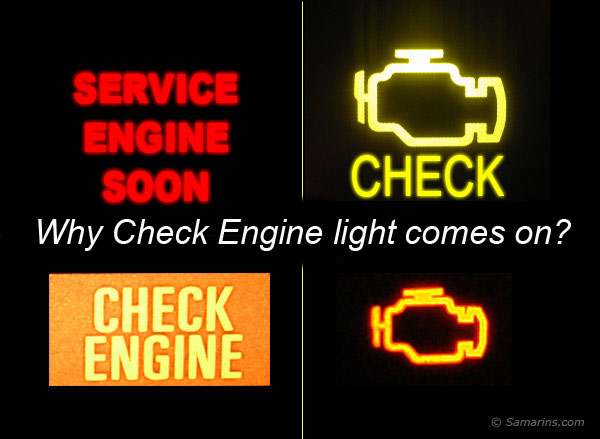As the snow falls, we thought it might be a good time to share some preventative maintenance tips to help you get the most from your wiper blades.
1. You should never wipe your blades clean with a rag. This removes the graphite coating, which reduces friction and prevents blade jumping.
2. Clean ice, snow and dirt from your windshield before turning your on windshield wipers. Using the wiper blade to remove accumulated snow and ice will damage the blade, shortening its life and cost you more money.
3. If you’re expecting snow or sleet, lift the wiper arm to its upright position overnight or while parked so that the blade doesn’t freeze against your windshield.
Whether you're pushing the limits of your engine or driving around town, wouldn't you rather know that you can always rely on your wiper blades to see the road? Clear the way with Bosch ICON wiper blades. http://boschautoparts.com/ClearTheWay















